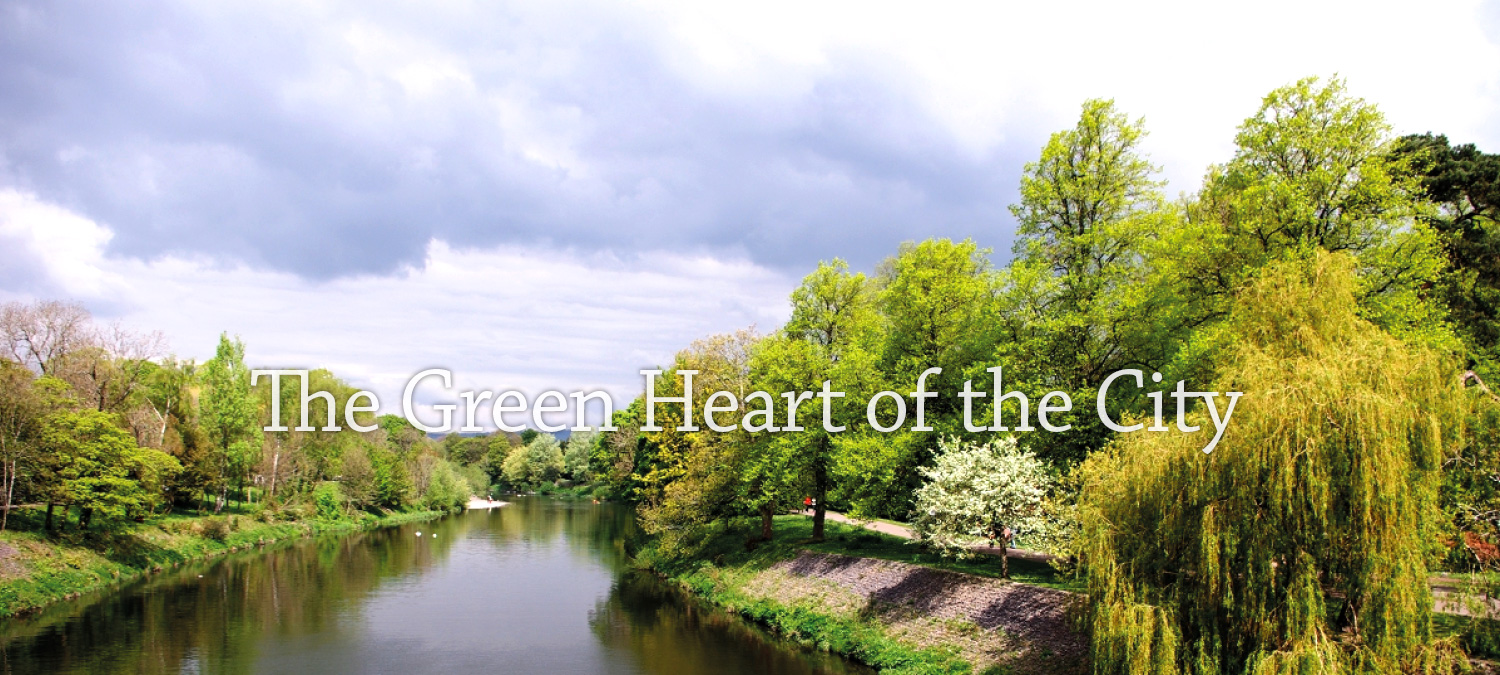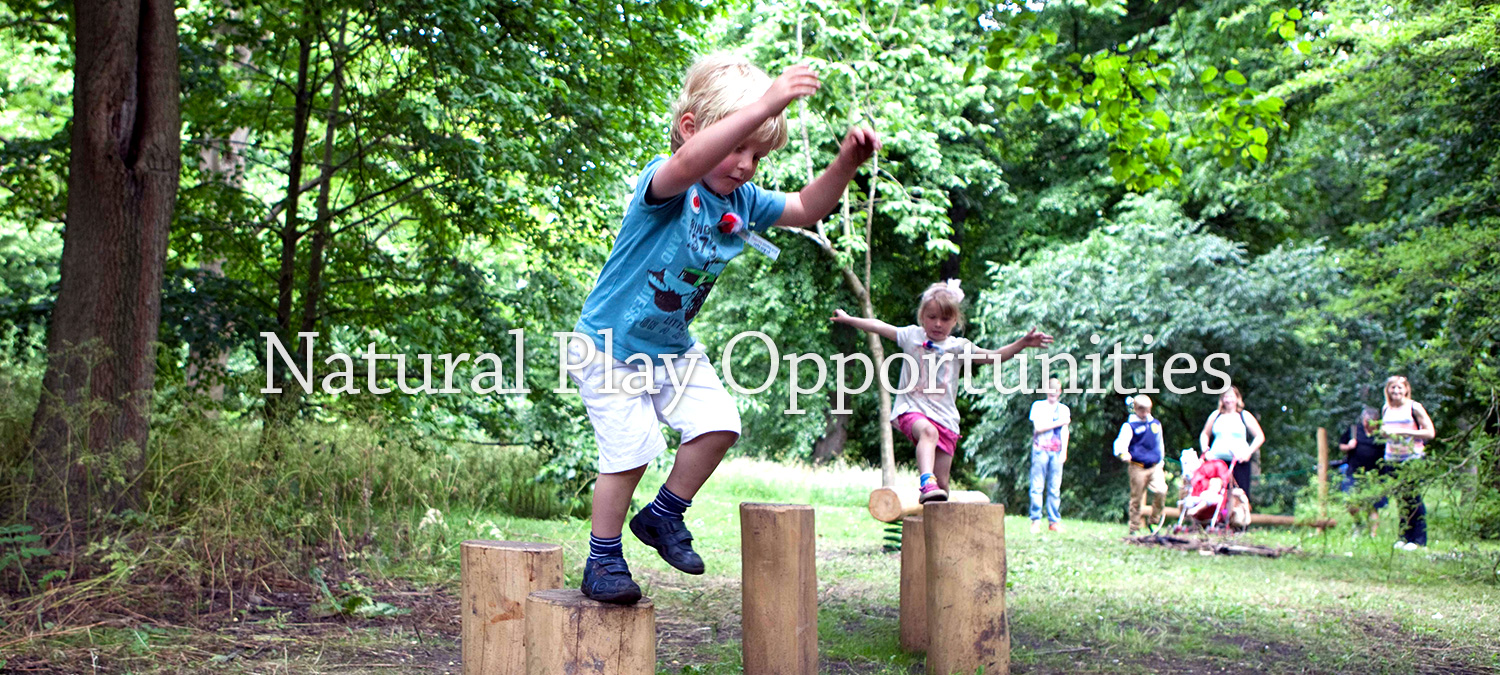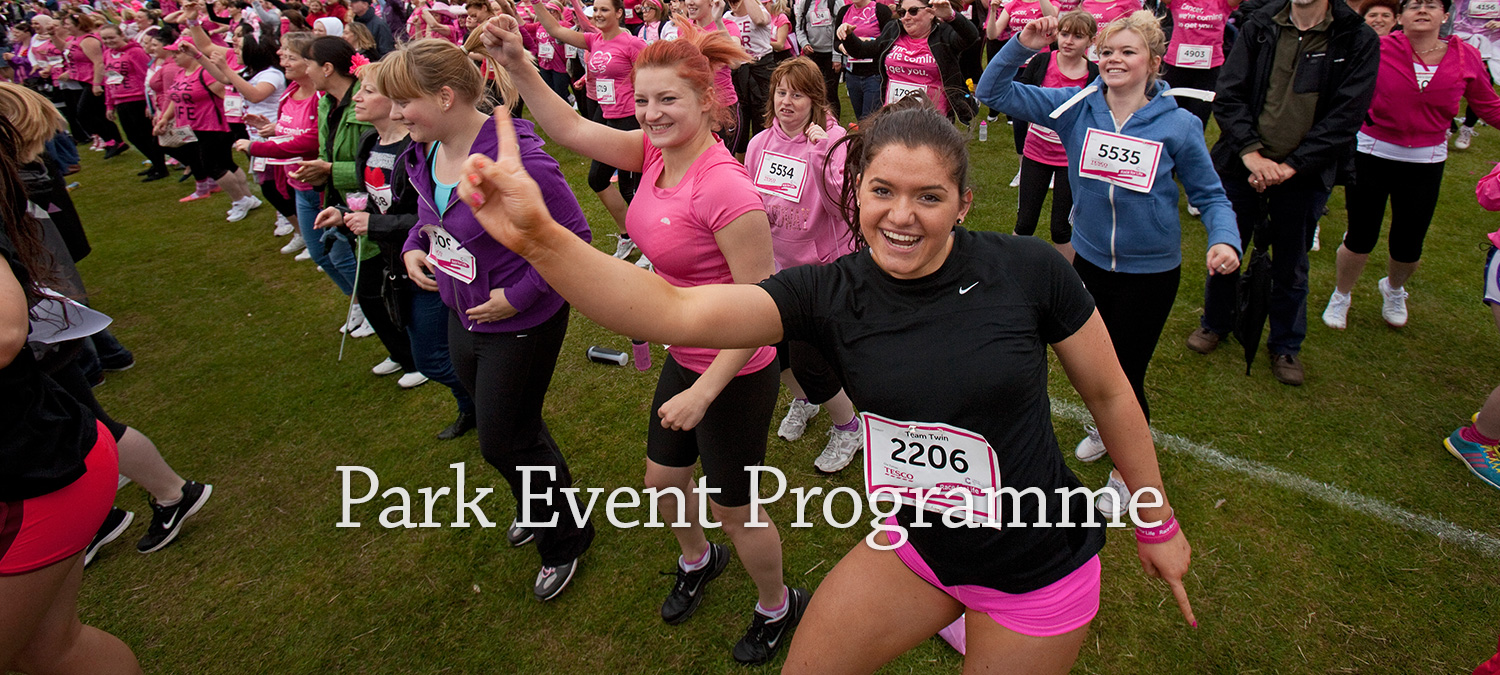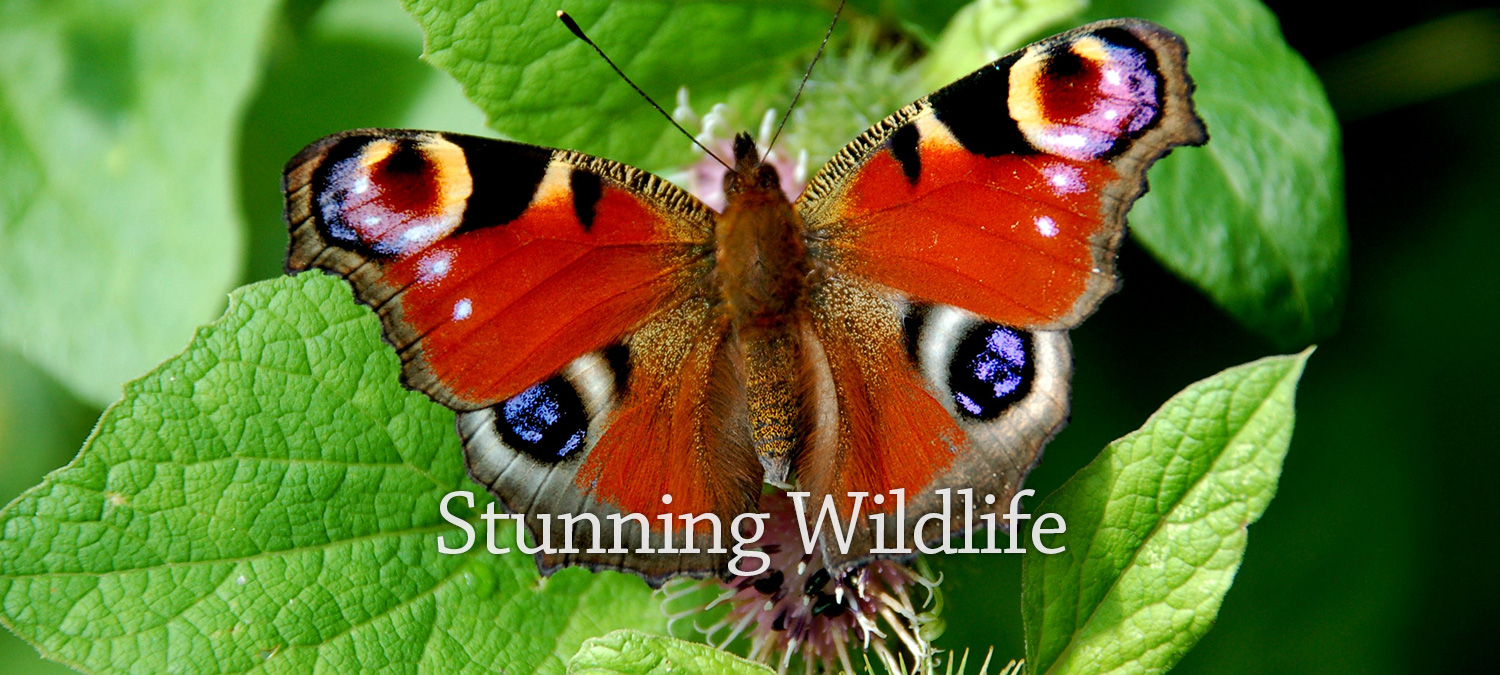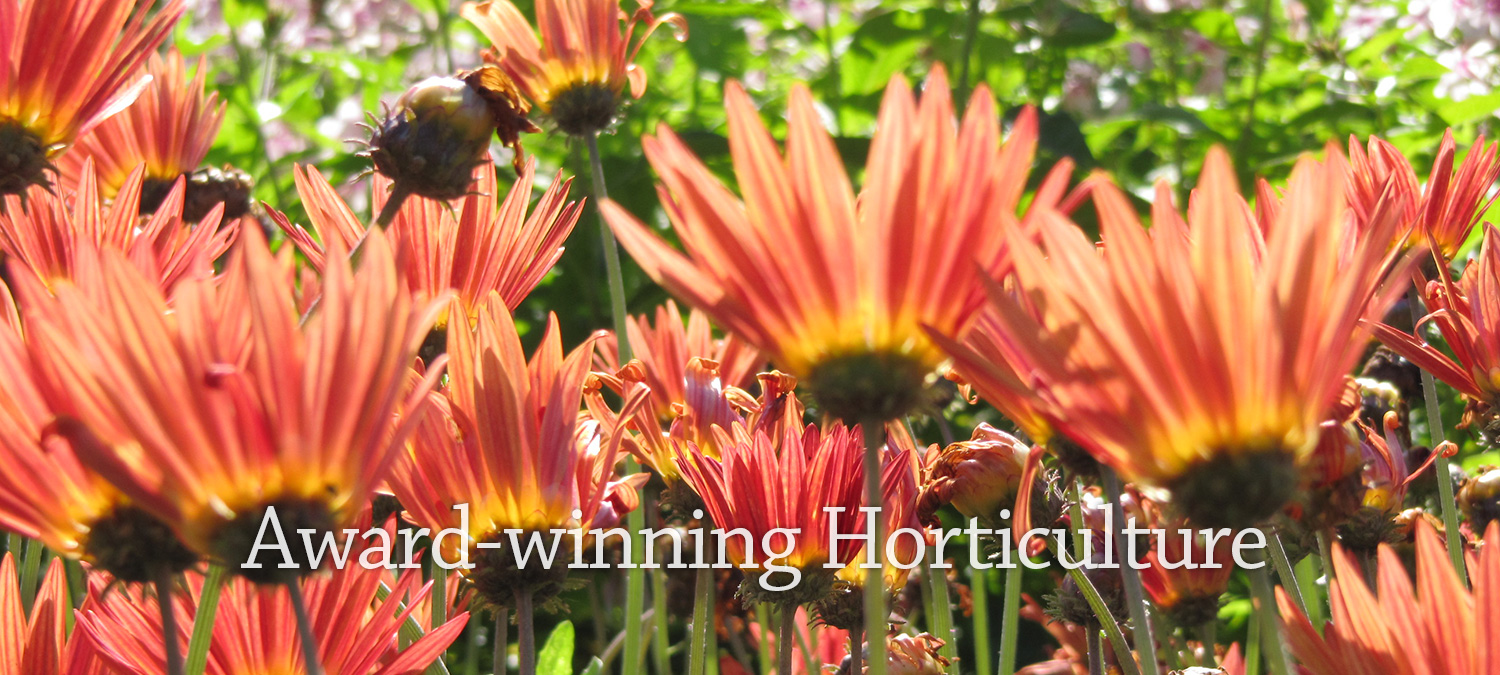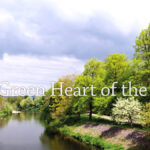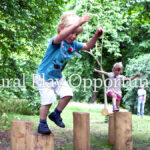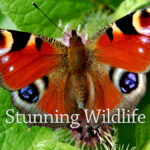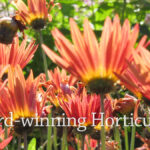Bute Park
Bute Park offers an extensive area of mature parkland within Cardiff’s city centre boasting a nationally-significant tree collection, numerous natural play features for the young (or young-at-heart), an education centre, three cafes, and a wealth of horticulture and wildlife interest.
There is plenty to do in the park and you can pick up a variety of self-led trails to guide you on certain activities and topics. Situated beyond Cardiff Castle just a short walk from the city’s main high streets and civic centre, Bute Park really is the “green heart of the city”. Full of historic and wildlife interest, at 56 hectares (equivalent to 75 football pitches) it is one of the largest urban parks in Wales and comprises a broad mix of historic landscape, urban woodland, sports pitches, arboretum, horticultural features and river corridor.
Over the centuries the land we know as Bute Park has gone through many changes. Attracted by the river and the castle, people have settled here, and their activities have shaped the landscape. From agriculture and industry, to a private estate with pleasure gardens, to a public park fit for a modern city; Bute Park reflects the history of Cardiff’s development. The park is rich in history with a number of important heritage features to visit. Cardiff Castle, the famous Animal Wall, Gorsedd Stones, Mill Leat, site of Blackfriars Friary, the Dock Feeder Canal and West Lodge are just a sample of the park’s rich history. Bute Park got its name in 1948 in honour of the 5th Marquess of Bute who had gifted the castle and its grounds to the people of Cardiff a year earlier. Additional land was purchased from the Bute Estate to form the area we now know as Bute Park.

